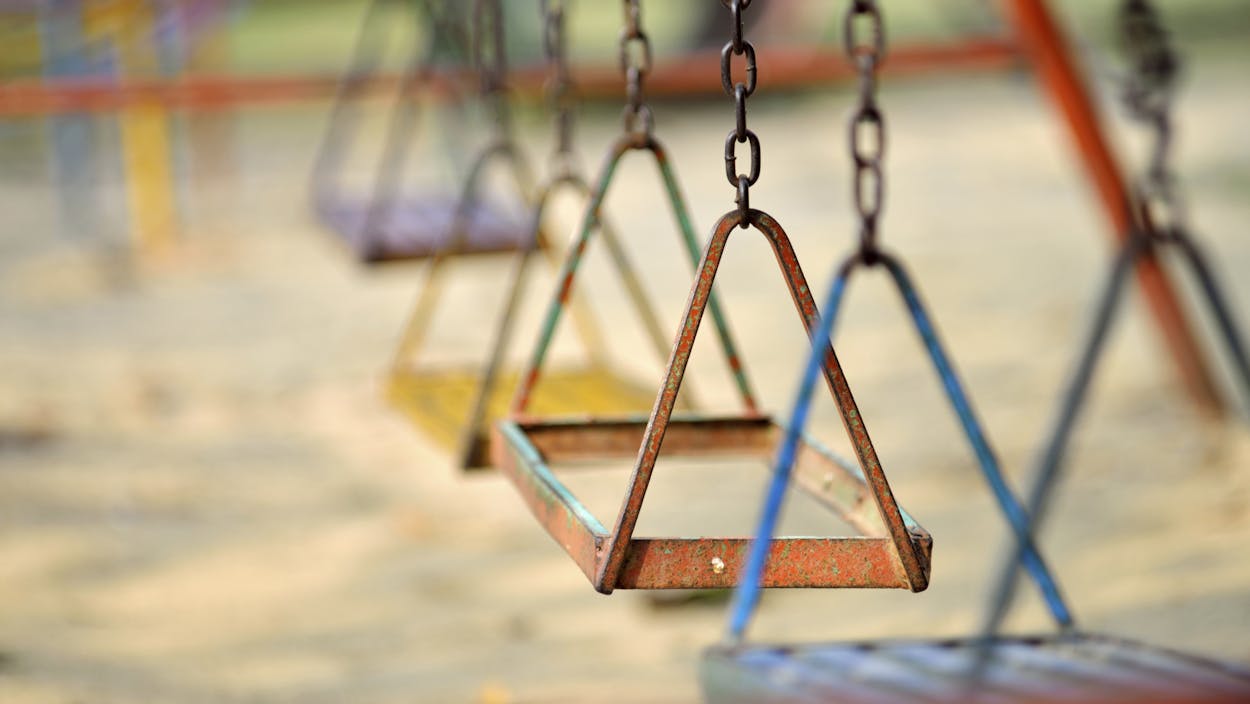Ask most young kids what their favorite subject in school is and they’ll give you the same answer: recess. It isn’t a real subject, of course, but kids love to run around and play. Over the past decade and some change there has been a decline in recess time, but in Dallas, it’s making a comeback. Last week, Dallas Independent School District trustees approved a policy to make sure all kids from prekindergarten to fifth grade get mandatory recess. For the rest of the school year kids will get at least 20 minutes of recess, and starting next school year they’ll get at least half an hour. Also, under this new policy, students cannot have recess withheld as punishment for minor offenses.
According to the Dallas Morning News, a survey by the district found that roughly 78 percent of DISD’s elementary schools already offered daily recess, but provided a mere 15 minutes or less. The survey found that only 3 percent of the elementary schools allowed students to have recess for 20 minutes or more.
To get a little more insight on why recess is important for the development of adolescents, we talked to Dr. Debbie Rhea, a kinesiology professor at Texas Christian University. Outside of her academic duties at TCU, Rhea is the founder of the LiiNK (Let’s Inspire Innovation ‘N Kids) Project, which she says strives to “measure and monitor the impact of multiple recesses.” LiiNK currently works with six public and private schools in North Texas and will soon take on more in the area, as well as expand to Oklahoma. The project has even caught the attention of the Today Show.
Rhea became interested in recess after she read an article in Smithsonian magazine about how Finland’s schools drastically improved their academics. Rhea went to Finland on a sabbatical to learn more about the curriculum. “I saw first hand the importance Finland places on play—unstructured and outdoor—and physical education—structured—in the curriculum from grades one through twelve,” she says. Rhea says that in Finland fifteen minutes of recess is required in all schools for every hour of academics.
Although many scholars hold 2001’s No Child Left Behind Act up as the harbinger of recess decrease, Rhea reminds us that correlation doesn’t equal causation. “Schools began to put much more importance on a test score than the health and well-being of a child over the past twenty years. No Child Left Behind did not necessarily start that progression,” she says.
As far as the benefits of recess are concerned, Rhea says kids become more focused, have less behavioral problems, are less anxious, happier, and experts see improvements in students’ character, attendance and academic achievements. “LiiNK is showing that four fifteen-minute recesses can be implemented daily along with three fifteen-minute character development lessons weekly without changing the number of minutes or hours we already go to school,” Rhea says. “We are showing that the child’s brain is building stronger highways and producing a more focused, stress free, happy child.”
Rhea says the best thing schools can do is incorporate policies on a district by district basis. In 2012, Houston ISD adopted a mandatory recess policy, and the trend and is popping up all over the country. But it isn’t without detractors. New Jersey Governor Chris Christie pocket vetoed a bill that would require mandatory recess, with a spokesperson saying this is an issue that should be left to schools and parents. And out in Florida, recess is also a state issue. Regardless, looks like letting the kids be kids is on all of our minds.






